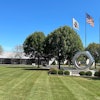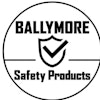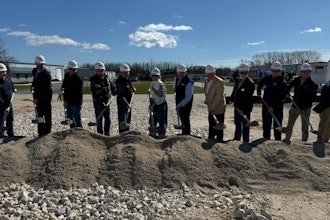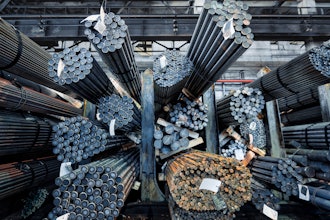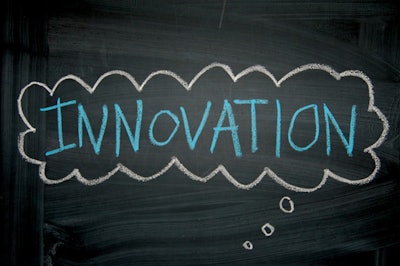
Effective leaders are the key influence in bringing about innovation and opportunity. Their search for ways to advance and grow the organization takes them far beyond the traditional structures, methods and concepts that have worked in the past. In today's fast-paced market climate, empowering members to test new approaches and ideas is critical. This creates the innovation, creativity and opportunity needed to drive change.
The forces of change come from both inside and outside the organization: customers are the source of demand for product and service innovation; process innovation generally comes from within the organization itself and through its employee members. There are definite factors needed to create the innovation--in essence a willingness to break from past methods--to effect positive change and incremental transformations.
A major function of the leader's role is to stimulate innovation and creativity, to bring about incremental transformations that improve an organization's products, services and overall quality. This is necessary in order to meet both external and internal customer needs. Accomplishing this is done through developing an empowered environment that instills and reinforces innovation.
In order to create an environment conducive to the full empowerment of its members, leaders must depend on consistently influencing others while keeping all communication channels between units, divisions and upper management open. Leaders realize that employees doing the frontline work are the best resource to utilize in designing more effective processes, generating creative ideas and quality improvement concepts, and implementing the best solutions to overcome inefficiencies.
Only when employees take an active role will creative innovations, new ideas, processes, services and product improvements consistently flow within and out of the organization. Whether this state is successfully attained or not depends on whether leaders acknowledge the factors generating imagination, resourcefulness and risk taking in their employees.
There are three chief characteristics of an environment supportive of innovation, creativity and risk taking. Successful establishment of this environment is dependent upon leaders building recognition of these factors. They include:
Experimentation and Breaking Away from Constraints
Leaders are experimenters by nature. However, they need to instill this desire in employees to experiment with new approaches to old problems, to accept the challenge of trial and error. Throughout this process, leaders actively help employees remove the barriers to creativity and innovation by identifying and breaking down self-imposed constraints on personal perceptions, thinking habits and patterns.
Outsight and Insight
Because innovation depends upon creative ideas--most of them coming from outside general conventional thinking--innovation within an empowered environment depends heavily on what is referred to as "outsight." Outsight is the ability to perceive external realities. It is the necessary forerunner to insight, or the ability to apprehend the inner nature of things. An awareness and understanding of outsight forces comes through openness and flexibility. It is up to leaders to open the doors to the world beyond conventional boundaries and expose employees to a broader spectrum of situations, problems and concerns.
Developing a 'Hardiness Factor'
Uncertainty and risk are part of the price both leaders and employees pay for being innovative. Leaders generally thrive on uncertainty and risk, but it is often another matter for employees. To overcome feelings of insecurity in regard to these two areas, the question becomes, "How do employees within the organizational unit learn to accept the inevitable failures and accompanying stress of creative innovation and the circumstances surrounding it?" The answer rests in cultivating a sense of hardiness and resilience.
When a healthy sense of hardiness reveals itself, it will be observed through actions and beliefs mirroring the sentiment that "uncertainty and risk are more interesting than being fearful." Employees know they do have a definite influence on specific outcomes, which motivates rather than intimidates. They see uncertainty and risk as opportunity.

